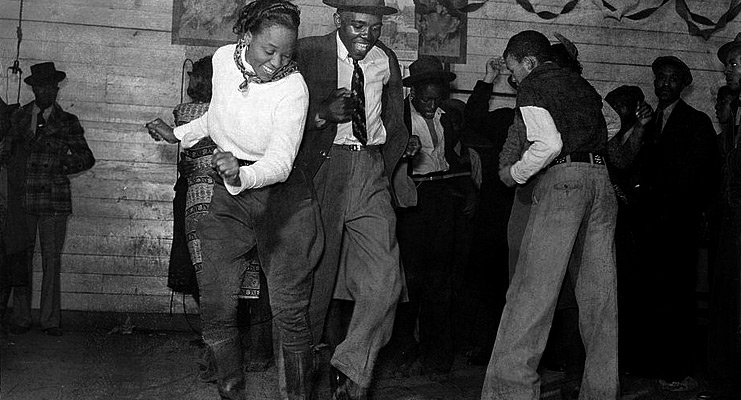Dance styles have varied significantly over time, ranging from very fast and vigorous styles like the Jitterbug and Charleston to slower styles like the fox-trot and minuet. Each style is suited to different purposes, depending on the music genre and intended audience. Regardless of the pace or energy level, dancing always involves movement in response to the beats or rhythm of the song.
One of the old-school dances that became popular in the 20th Century is the jitterbug dance, a jazz dance characterized by acrobatic feats. The dance was derived from the Charleston, Lindy Hop, and other swing dances of the 1920s and 1930s.
It is a fast-paced, energetic dance characterized by quick footwork and turns. People originally danced the jitterbug to swing music, but it can also be danced to other genres of music, such as rock’n’roll and blues.
The jitterbug is believed to have originated in New York City, and it quickly spread to other parts of the United States. The dance became popular in Hollywood films of the 1940s, and it was even featured in the highly successful film “Shall We Dance” starring Fred Astaire and Ginger Rogers.
The Origins of Jitterbugging
The jitterbug dance was named after the song “Call the Jitter Bug” by Cab Calloway and was further popularized by the film “Jitterbug Party.” In the 1930s, it came to be associated with a type of jazz music that was popular in Harlem nightclubs.
This music’s fast tempo and energetic sound lent itself well to dancing, and soon the jitterbug became a dance craze.
Jitterbugging reached its peak of popularity in the early 1940s. This was partly due to the fact that many young people were away from home during World War II, looking for ways to have fun and forget about their troubles.
Jitterbugging provided an outlet for all that excess energy and pent-up emotion. The dance is still popular today, though it has evolved somewhat from its original form.
How to Jitterbug
If you’re interested in learning how to jitterbug, you should know a few things. First, this is a partner dance, so you’ll need to find someone to dance with. Once you’ve found your partner, stand opposite each other and join hands. When you’re ready to start dancing, follow these simple steps:
- Start with your feet together and your weight on your left foot.
- Swing your right foot forward and back while keeping your weight on your left foot.
- Step forward on your right foot and then backward on your left foot while still swinging your right foot forward and back.
- Repeat these steps until you feel comfortable with the rhythm of the dance.
- After you have mastered the basic steps, you can start adding in turns. To turn clockwise, start with your feet together and then take a small step forward with your left foot. Then, turn your body to the right and take a small step forward with your right foot.
- To turn counterclockwise, start with your feet together and then take a small step forward with your right foot before turning your body to the left and taking a small step forward with your left foot.
You can also find instructional videos online or take a dance class at your local community center or gym.
Concluding Remarks
Whether you’re a big fan of swing dancing or just looking for a new way to have fun, jitterbugging is worth checking out. This lively dance is perfect for anyone who loves music with a fast tempo and wants to let loose on the dance floor. With some practice, you’ll be dancing like a pro in no time.

